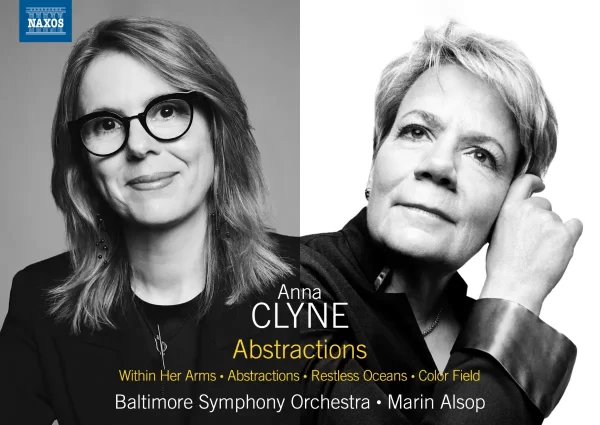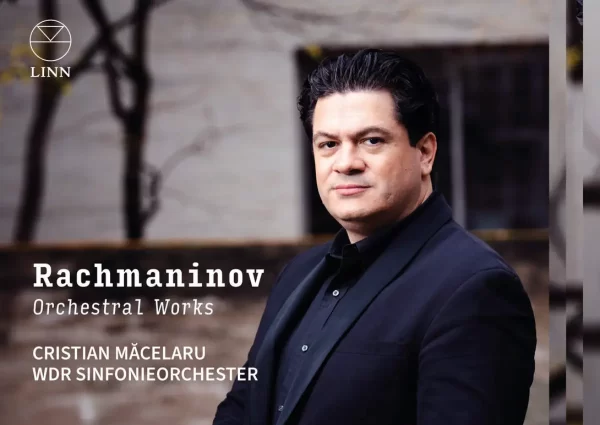This new album, titled “My American Story: North”, is a musical account of Daniil Trifonov’s experiences as an immigrant; the works, which range from Copland to Cage to movie soundtracks, trace an eclectic and intriguing journey.
Gershwin’s Piano Concerto in F, although more classical in form than the earlier Rhapsody in Blue, still reflects the composer’s quintessential jazz and big band style. The performance itself is of high quality, but the sound engineering is on the dry side, and I found the balance between piano and orchestra a bit off, with the soloist too embedded in the ensemble’s textures. A little more reverb would do to bring out the resonance of the brass—a necessity given its importance in driving the energy of the work.
The trumpet solo in the Adagio oozes plenty of slinkiness with a pronounced vibrato, though the Earl Wild/Boston Pops recording’s counterpart is a little smoother, and more delightfully nostalgic. The movement as a whole is too subdued, and while it does pick up momentum, the faster moving passages could use more scintillating presence to balance out the static moments.
Mason Bates’ piano concerto, written expressly for Trifonov, proves far more successful: Movement I (track 11) hearkens back to elements of Americana and film music. When the vibrant instrumentation is paired with Trifonov’s own plucky approach, the movement’s optimistic energy really comes to life. Trivonoc and the Philadelphia players under Nézet-Séguin are nicely aligned on bringing out the movement’s enterprising spirit. Vivacious adventure comes alive through Bates’ writing, which is at times intricately contrapuntal, and on others electrically angular.
Bates relies quite a bit on the percussion section throughout the first movement and Movement II, to some extent, does the same. The point of interest here is the dialogue between these sections and ones which are absent of precaution, like the first piano solo. This well-delineated contrast is what drives the movement convincingly, despite its slow pace. The quieter sections are quite beautiful, Trifonov plays with a great deal of sincerity in these contemplative moments.
Join The Classical Newsletter
Get weekly updates from The Classic Review delivered straight to your inbox.
The swashbuckling character returns in Movement III (track 13) with an added sense of drama. This is the most harmonically-challenging movement of the three, in addition to being the most virtuosic and frenetic. Trifonov’s great fingerwork and the ensemble’s attention to clarity keep the chaos appropriately in check, so that we can experience the excitement without feeling overwhelmed.
As a closing track, Trifonov includes what he calls a “field version” of John Cage’s famous (notorious?) 4’33”. It takes us by sound from New York City’s Columbus Circle subway station to the city’s Central Park. A more musical addition to the concertos is the theme song of American Beauty (track 10): much in the way that the particular scene from the movie offers a moment of the introspection, Trifonov’s performance invites the listener to reflect and appreciate the sensitivity of Trifonov’s playing.

Recommended Comparisons (Gershwin)
Thibaudet | Previn | Bollani | Wang
My American Story: North
Gershwin: Piano Concerto in F major
Bates: Piano Concerto
Copland: Piano Variations
Green: I Cover the Waterfront
Young: When I Fall In Love
Adams: China Gates
Corigliano: Fantasia on an Ostinato
Grusin: “Memphis Stomp” from The Firm
Newman: Theme
Cage: 4′ 33″
Daniil Trifonov – Piano
The Philadelphia Orchestra
Yannick Nézet-Séguin – Conductor

Check offers of this album on Amazon.
Album Details |
|
|---|---|
| Album name | My American Story: North |
| Label | Deutsche Grammophon |
| Catalogue No. | 4865756 |
| Amazon Music link | Stream here |
| Apple Music link | Stream here |

















